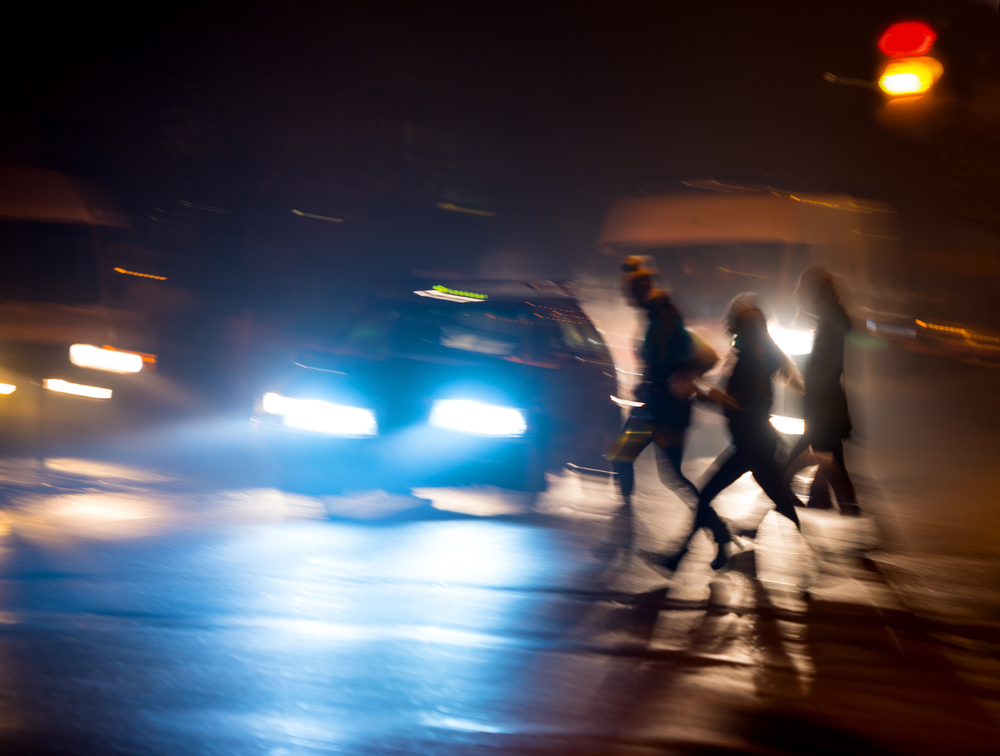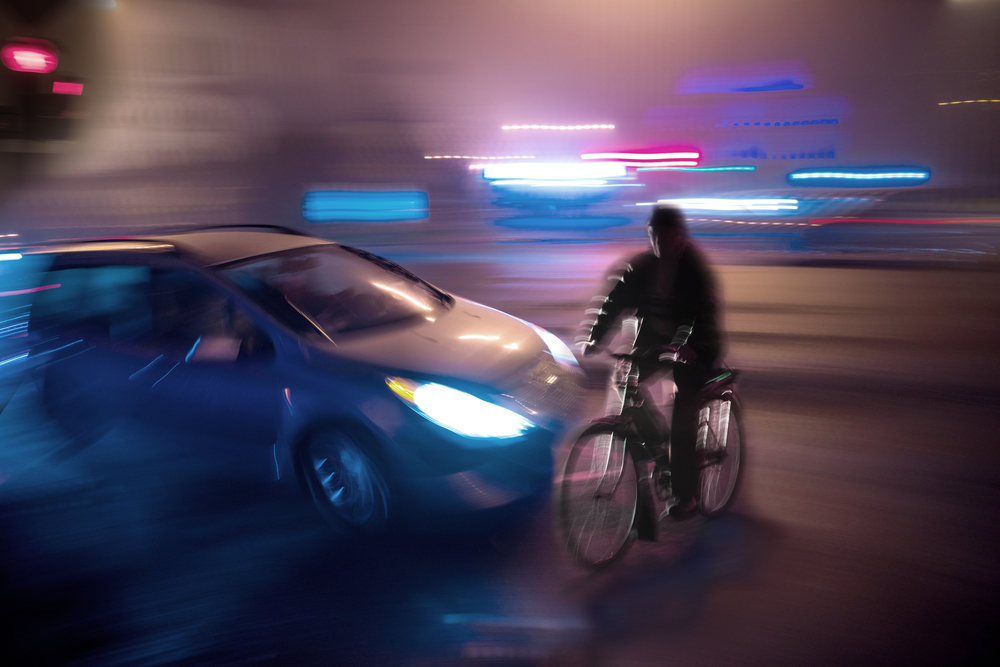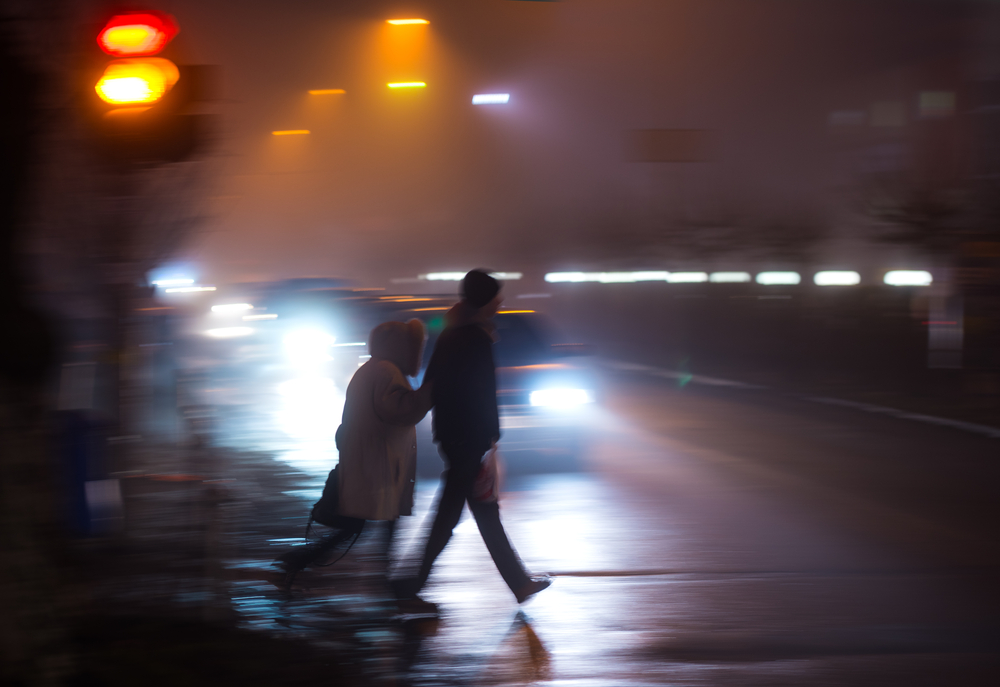Palm Springs Orange County Tesla Self-Driving Car Accident Lawyer

Palm Springs Orange County Tesla Self-Driving Car Accident Lawyer Sebastian Gibson
The Right Choice in Tesla Self-Driving Car Personal Injury Attorneys in California
Like it or not, Palm Springs Orange County Tesla Self-Driving Car Accident Lawyer Sebastian Gibson must warn you. Self-driving cars from Tesla and other major manufacturers are coming, and they’re coming faster than anyone would have thought just years ago. Indeed Tesla has announced they expect to have a million Tesla robotaxis on the roads next year, and Waymo self-driving robotaxis have already been tested and are already becoming available.
Many people are saying to themselves, “I’m not buying one of those cars” or “I’m not giving up my car.” But what those people don’t realize is that the car manufacturers pouring billions into self-driving technology have it all figured out already.
Consumers won’t have to give up their present car. They may be able to convert it to self-driving for less than they think, or they may simply no longer need a car as much as people have in the past with self-driving robotaxis becoming widely available in the near future.
Already, most new cars already come with self-driving features such as blind spot alerts or self-braking (at an extra cost, in most cases) although Tesla offers many such features now as standard.
At the Law Firm of Palm Springs Orange County Tesla Self-Driving Car Accident Lawyer, we’ve been at the forefront for years in discussing the potential liability issues of self-driving cars. Now it’s time to look specifically at Tesla’s self-driving cars.
The future will be here before we all know it but the Tesla self-driving car accident law firm of Palm Springs Orange County Tesla Self-Driving Car Accident Lawyer Sebastian Gibson will be there to help you get the compensation you deserve if you or a family member are injured in a collision involving a Tesla self-driving car.
Tesla Accident Lawyer Update
It’s been reported that during a fatal March 1, 2019 accident involving a 2018 Tesla Model 3 in Delray Beach, Florida, could be the third fatal Tesla crash with the Tesla driver-assistance program, according to the National Transportation Safety Board. What is concerning, is that the 2019 accident is far too similar to a 2016 fatal accident which, like this accident, involved a Tesla vehicle being driven in autopilot mode, and a tractor-trailer truck crossing the driver’s path.
If this is true, at the time of the Tesla accident, the system still can’t differentiate the broad side of an 18-wheeler big rig truck from a highway overpass and both the system and Tesla drivers are failing to keep the driver engaged in preventing accidents such as crashing into tractor-trailer trucks perpendicular to the Tesla on the road ahead. In a 2016 accident, a Tesla Model S also collided with a tractor-trailer which was crossing the driver’s path.
Even as of mid-May 2019, two and a half months after the fatal Tesla accident, the National Highway Transportation Safety Board is still evaluating all the data and has not concluded its investigation.
If this type of delay in providing a traffic accident report which determines the cause of an accident involving a self-driving car accident or any car in self-driving mode, it is difficult to comprehend how personal injury lawyers will be able to obtain traffic accident reports in a timely manner as they are able to do now with most traffic accident reports being completed in 7 to 10 days.
In May 2016, the driver of a Tesla Model S was killed near Williston, Florida while the Autopilot was reportedly engaged when he crashed into a tractor trailer truck that sheared off the roof of the Tesla he was driving. In this accident, like the 2019 accident, the Tesla Model S collided with a tractor-trailer which was crossing the driver’s path. Investigators are also reported to have determined that in both accidents, the drivers were using the Tesla advanced driver assist system Autopilot.
It should be noted that in the 2016 accident, the National Highway Traffic Safety Administration essentially found that the driver of the Tesla in this incident was not paying attention to the road as he should have been and exonerated Tesla from fault. But the National Transportation Safety Board also independently declared that Tesla bears some of the blame for selling a system that doesn’t do enough to make sure drivers pay attention and which allows a driver to keep their hands off the wheel and thus remain inattentive, despite repeated auditory and visual warnings by the system.
While in the 2016 Tesla accident, the Tesla was equipped with the first generation of Tesla’s autopilot system, the 2019 Tesla accident involved a Tesla car equipped with the second generation of Autopilot. And yet, it appears the system still has trouble recognizing large white trucks passing in front of Tesla vehicles and with drivers failing to maintain their grip of the steering wheel to take action if the Tesla cars fail to recognize such a hazard.
As car safety experts have noted, autopilot systems are good at detecting moving vehicles and other objects in motion, but are not great at detecting stationary objects. And large white stationary trucks can look like the sky or an overpass, and rather than slamming on the brakes every time the driver approaches an overpass, the systems can unfortunately ignore the large stationary 18-wheeler truck on the path ahead.
Unless the designers of autopilot systems can address this problem satisfactorily, self-driving vehicles will continue to be involved in fatal and serious injury accidents and the confidence self-driving car manufacturers hope to install in the car buying public will not be there when it comes time for them to purchase their next car.
In a fatal accident involving a Tesla Model X in March 2018 in Mountain View, California, the driver had received warnings to take control of the wheel, but failed to do so. This accident too is still being investigated by both the National Transportation Safety Board and the National Highway Transportation Safety Board more than a year after the crash.
The National Highway Transportation Safety Administration is also investigating a fatal 2016 Tesla Model S accident in Davie, Florida in which it is unclear if the Tesla had Autopilot engaged, a January 2018 Tesla crash in which the Tesla struck a fire truck in Culver City, California in which the Tesla may have been traveling in Autopilot mode, and a May 2018 Tesla accident in Florida which killed two teenagers but which was not in Autopilot mode.
Some Potential Causes of Tesla Self-Driving Car Accidents
Drivers of self-driving cars and cars with self-driving features are for the present still required to keep their eyes on the road and be ready to take control of their vehicle. But how many drivers of self-driving cars or cars with self-driving features will continue to do so if they believe car company advertising that their self-driving car is safer without their involvement or if they believe their car can truly operate on autopilot without the need to stay focused on the road themselves?
Sensors on self-driving cars can fail or be improperly installed or replaced. They can also be fooled by an all white truck ahead (although this may be remedied) or take an ethical action to save the life of one person over another.
Even with the latest technology in cell phones, calls are dropped. The latest computers still crash from time to time. Computers get viruses, they get malware, and they get hacked, and it’s been shown that a car’s computer can be hacked as well.
If your car’s computer is hacked, the consequences could be devastating. Say you’re driving along on a freeway at 70 miles per hour or more when your car’s self-driving system that’s allowing you to turn around and play with your child in the back seat is hacked and suddenly shuts off. What will your self-driving car do to remedy your predicament if it has no power to do so?
As one would expect, Tesla’s cars with self-driving features have already had accidents, though not as a result of being hacked to our knowledge. But a self-driving Tesla car has also already had an accident in which the driver was killed.
The Tesla self-driving car showed that there can still be blind spots the sensors don’t recognize. Another manufacturer’s self-driving car accident in particular showed that self-driving software can fail to anticipate the actions of another driver.

Who Will Be Held Liable When A Tesla Self-Driving Car Causes An Accident in California and There Are Injuries?
The list of potential defendants in an accident involving a self-driving car can be potentially almost limitless unless the manufacturer and their insurance company categorically state they will accept full liability for any accidents involving their vehicles (and they stick to their promise).
Unfortunately, as more accidents involving self-driving cars occur and their manufacturers look for every possible reason to blame another driver for the accident, we can see that manufacturers of self-driving cars will not be willingly accepting the blame for accidents involving their self-driving vehicles.
Tesla specifically requires their vehicle drivers and owners to acknowledge that they will remain responsible for their car’s operation.
So Who Are The Possible Defendants In A Tesla Self-Driving Car Accident in California?
First, there’s the manufacturer. In a Tesla self-driving car accident, that would be Tesla itself but that may only be after thousands or tens of thousands of dollars are spent on experts, and it is determined to be Tesla’s fault. And that’s assuming as well that Tesla is finally made to accept that they’re at fault for the accident and makes a fair settlement or after additional tens of thousands in court fees and attorney fees and costs are incurred, a jury finds them to be responsible.
But the driver of the Tesla self-driving car may also be a potential defendant, especially if he or she was asleep, was not watching the road, and was not ready to take control of the vehicle when they needed to do so, or took control and acted negligently.
The driver or driver of other cars involved in the accident may also be primarily or comparatively at fault.
The Tesla dealer or an independent repair facility may be at fault for negligently repairing the Tesla self-driving car.
An outside party who manufactured a part that failed or who manufactured a system for checking the reliability or operating safety of any part of the Tesla self-driving car may be at fault.
Software manufacturers may also become defendants in Tesla self-driving cars to the extent Tesla utilizes any software developed outside of their own company.
Cities whose traffic signals, road signs, highway markers or other freeway and highway technology fails or misleads a Tesla self-driving car into making an unsafe action may also become defendants in Tesla self-driving car accidents.
The self-driving technology and software in other vehicles communicating their locations and actions to the Tesla self-driving software may also play a part in a Tesla self-driving car accident, thus requiring a Tesla self-driving car accident attorney to name the other car’s manufacturer, the other driver and each of these other potential parties involved with the other car as defendants as well.
One thing is abundantly clear. Unless a Tesla self-driving car accident results in catastrophic injuries or deaths, it may be too expensive for most personal injury attorneys to handle on contingency.
Tesla’s Enhanced Autopilot System
Tesla’s Enhanced Autopilot system, is promised to be rolled out to Tesla vehicles in December 2016 via an over-the-air update, subject to regulatory approval, and promises great things.
It promises to be able to match speed to traffic conditions, keep the car within it’s lane, change lanes automatically without the driver’s assistance, transition from one freeway to another, exit when the desired location conveyed to the car is near, to self-park and to be summoned to and from one’s garage (presumably raising and lowering the garage door before doing so).
It can be assumed that drivers of Tesla cars with the Enhanced Autopilot system will still be required to acknowledge that they will remain alert and will still be responsible for the car’s operation by keeping both hands on the wheel and be ready to take control of the car when necessary (thus helping Tesla to ensure the driver understands they’re still responsible for the car to the extent they can anticipate when they’re suddenly needed to take control in a car that tends to encourage reliance on it’s technology to keep them from getting into an accident).
Tesla consequently advises its drivers that the autopilot feature does not men that the vehicle will operate itself. The driver, in effect, must work as part of a team along with the Tesla autopilot.
The Enhanced Autopilot system promises even more. By doubling the number of cameras utilized by the Tesla vehicle from four to eight, and using twelve updated ultrasonic sensors, Tesla promises their cars will be able to enable full self-driving with the probability of safely doing so at least twice as safely as the average human driver.
Tesla states that their vehicles operating the Enhanced Autopilot system will be able to navigate even urban streets, with or without lane markings, manage complex intersections with traffic lights, stop signs or roundabouts, and to handle densely packed freeways with cars moving at high speed.
Using self-driving Tesla cars for car sharing and ride hailing for friends and family will still be fine, but for revenue purposes will only be permissible on the Tesla Network, the details of which will be released in 2017.
Tesla’s use of the term “Autopilot” in their Tesla Enhanced Autopilot could, however, potentially mislead drivers of Tesla vehicles into believing that the car will indeed drive itself completely on autopilot (as if they can sleep and forget what the car is doing) when the reality is, the driver must remain alert, keep both hands on the wheel and be ready to retake control at any time.
To prevent such a misconception, Tesla drivers must acknowledge that the autopilot system is not a substitute for the driver, but is rather an assist feature. The driver is advised they need to maintain control and responsibility of their vehicle.

Call Self-Driving Car Accident Lawyer Sebastian Gibson For Your Accident in Palm Springs, Orange County and Anywhere in California
If you’ve been injured or a family member has lost their life in an accident with a Tesla self-driving car, or a Tesla utilizing self-driving features or being operated while on its Enhanced Autopilot system, call the Law Firm of Palm Springs Orange County Tesla Self-Driving Car Accident Lawyer Sebastian Gibson.
Palm Springs Orange County Tesla Self-Driving Car Accident Lawyer Sebastian Gibson has been named a Top Lawyer in the field of personal injury for the past 12 years by the prestigious Palm Springs Life Magazine and has been named a “Superb” attorney by Avvo, their highest rating, which rates attorneys all across the nation.
It’s now anticipated that both Tesla and Waymo robotaxis will be available across the country for you to call and to take you to your destination without the need of a driver once they are able to obtain regulatory approval in each state. If you’re injured in a Waymo or Tesla robotaxi, or a robotaxi from a competing company, call California Robotaxi Accident Attorney Sebastian Gibson.
When you’re ready to take the next step to get the compensation you deserve after an accident with a Tesla car or other Tesla vehicle, call the Law Firm of Palm Springs Orange County Tesla Self-Driving Car Accident Lawyer Sebastian Gibson, the firm you can trust with your Tesla accident.
With over 40 years of having representing personal injury victims and individuals with their legal matters from across the U.S. and internationally from Palm Springs and Palm Desert, San Diego and Orange County and individuals with a variety of other legal matters from all across the nation, you can rely on Palm Springs Orange County Tesla Self-Driving Car Accident Lawyer Sebastian Gibson to come to your aid after a Tesla car accident or any other type of personal injury matter.
Call Palm Springs Orange County Tesla Self-Driving Car Accident Lawyer Sebastian Gibson for a free consultation on the phone today so we can start to evaluate your case and begin obtaining the evidence to prove your case should you retain our law firm.




